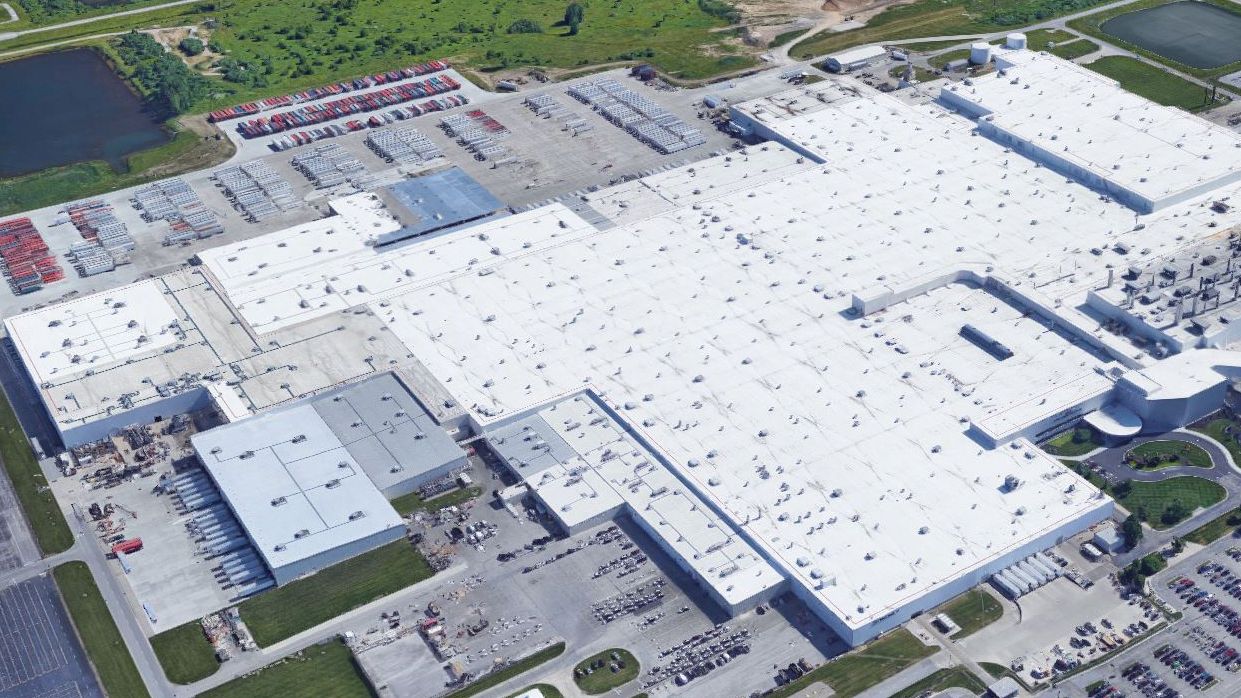07/24/2020
The great challenge of the next 100 years is to remake our rapidly growing cities into structures that can stand up to environmental changes with residents that are healthier, happier, and more prosperous than previous generations.
REFLECTIVE ROOFING CAN HELP CITIES PROSPER
The great challenge of the next 100 years is to remake our rapidly growing cities into structures that can stand up to environmental changes with residents that are healthier, happier, and more prosperous than previous generations. We often do not think about the roofs above our heads, but making thoughtful materials choices on urban rooftops is a critical, readily-implementable strategy to help meet our new urban challenges. Roofs comprise over 25% of urban space and are readily accessible and easy to upgrade relative to other urban sustainability interventions. With roofing technologies that are currently available, cities can improve their biodiversity, reduce rising urban temperatures, improve health and quality of life, and defend against high energy costs and power blackouts.
One of the key sustainable roof technologies in the market today are reflective, “cool” roofs. Reflective roofing is an ancient concept achieved with modern technologies that have been growing in the market over the last 20 years. Reflective roofing is a cost-effective and easily deployable strategy to cut cooling energy demand by up to 20%, reduce temperatures in and around buildings, improve air quality and health, and cancel the warming effect of atmospheric greenhouse gases.
The accompanying paper will provide building owners, government officials, and corporate decision-makers with:
1. the tools to quantify the benefits and costs of reflective roofing for buildings, communities, cities, and the planet;
2. an understanding of the available reflective technology options and a look forward at cutting-edge technologies that will be on the market in the next few years;
3. a roadmap for implementing reflective roofing in a variety of contexts via a detailed review of the most successful policies and programs worldwide that have helped spur local adoption of cool roofs including building and energy code requirements, construction specification requirements, green workforce development, and innovative public information campaigns.

